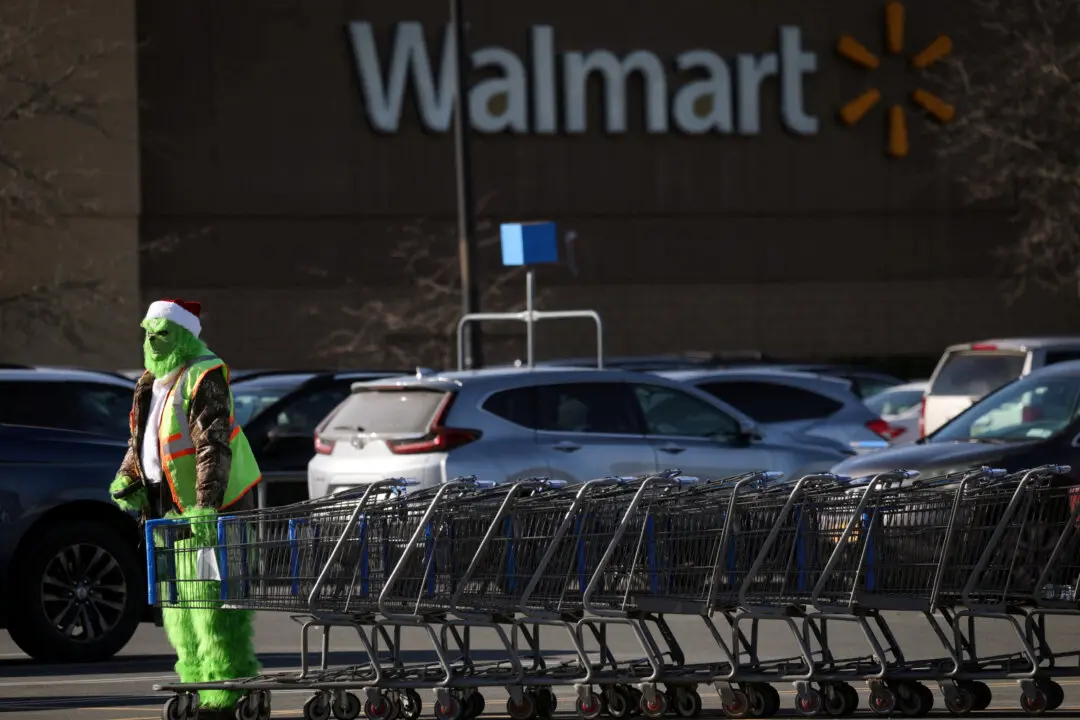STOCKHOLM—Supply disruptions hampered H&M’s sales in September, the Swedish retailer said on Thursday, after its June-August profit surpassed expectations and pre-pandemic levels.
Disruptions to the global economy during the pandemic have upset global supply chains, leading to shortages of goods as well as containers, storage and drivers for the transportation of goods, and causing a spike in shipping costs.





